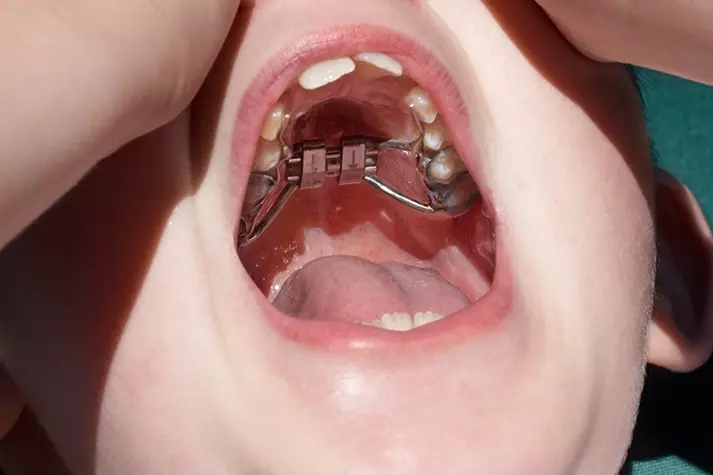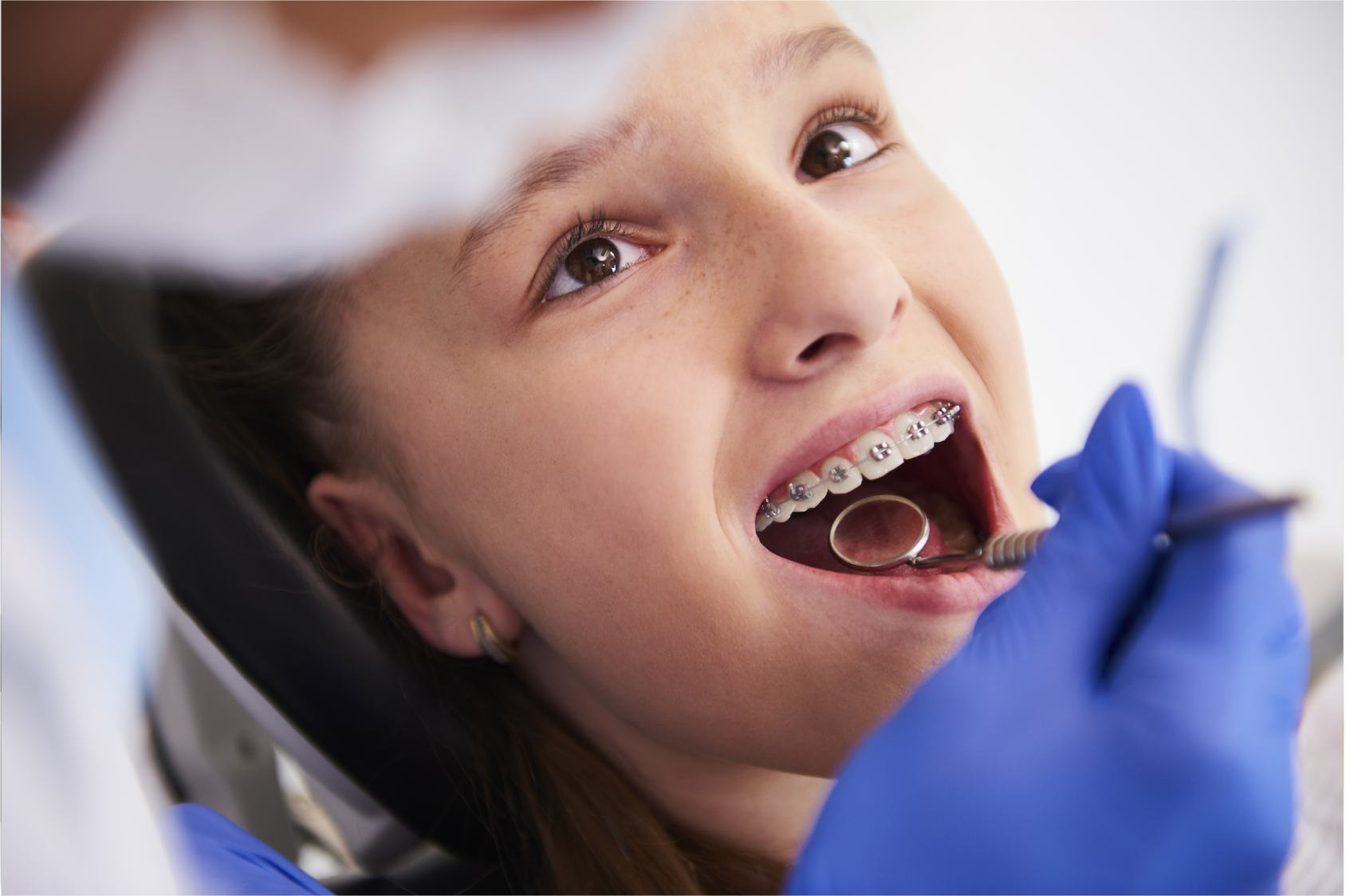A Complete Guide to Child Orthodontics
Orthodontic treatment can be a crucial part of your child’s oral health care. Teeth that work together make it possible to bite and chew properly. The beautiful smile that results from child orthodontic treatment is the outward sign of good oral health, and sets the stage for a lifetime of healthy teeth.

Understanding Early Check-Ups
The American Association of Orthodontists (AAO) recommends children get their first check-up with an AAO orthodontist either at the first recognition of an orthodontic problem or at age 7.
Around that age, children have a mix of baby (primary) and permanent teeth. An examination at this age gives the child orthodontist a wealth of information. If a problem exists, or if one is developing, your orthodontist is able to advise you on which treatment is recommended, when it should begin, and estimate its length.
If your child is younger than 7, and you notice something that appears “off,” it’s not necessary to wait until your child turns 7 or until you get a recommendation from your dentist. You should take your child to an orthodontist the moment you notice an issue, regardless of age.

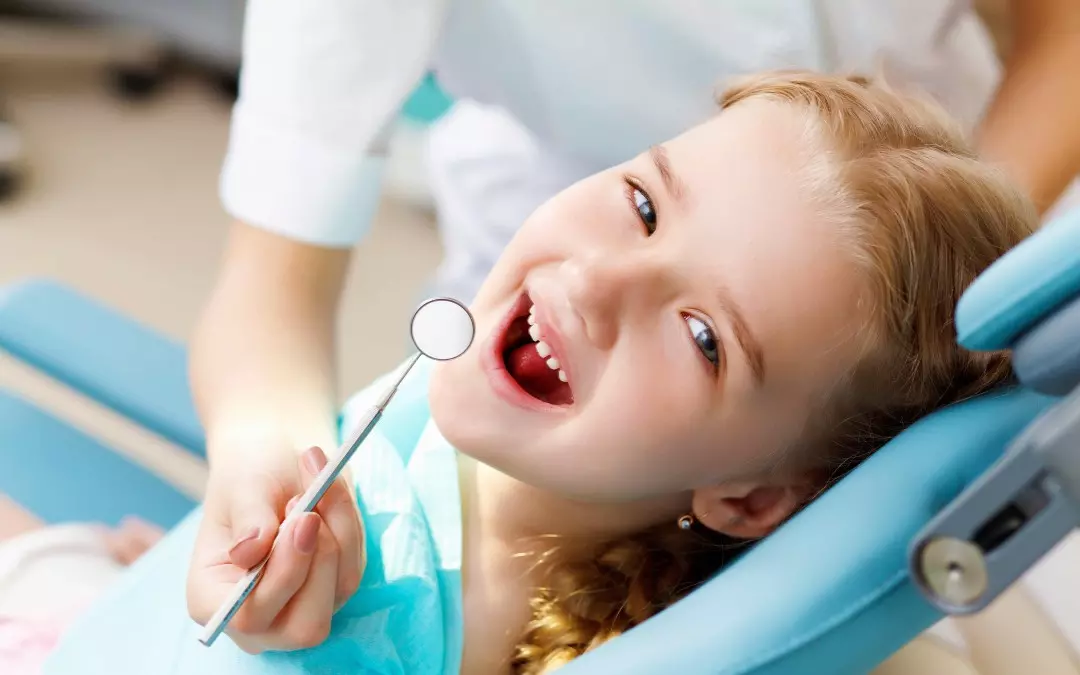

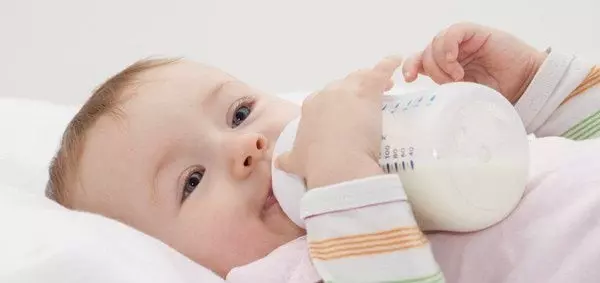
Infant oral care
Dental care is important at any age, but especially for your children when their teeth are sensitive and impressionable! Building a good foundation for a healthy smile should start early, and at Smileline Dental kids, we make that foundation fun! Creating good dental habits at home and at the dentist can help your child avoid dental problems down the road. Our pediatric dentists can help provide the best dental care for your child through every developmental stage, from an infant to their teenage years!
We encourage every parent to give their child consistent dental care. But when should their dental visits begin for infants? We recommend scheduling your child’s first dental visit since they are born, although they won’t have their teeth at this point, this is a great age to start building a foundation for their dental future.
By starting their dental care at an early age, your child will have a better chance of avoiding dental fears and feel comfortable visiting the dentist! Our team can also ensure that their little smile develops properly as they age, ensuring a healthy, attractive mouth once they get all their teeth in. If your child only gets to know their dentist during dental emergencies, they will relate pain and fear to dental visits. This will cause them to avoid or dread dental visits as they get older.


Dental early check ups
The American Dental Association recommends a comprehensive dental examination every six months. This is especially important for children who have soft baby teeth that can decay quickly. In some cases, Smileline may recommend more frequent visits depending on your child’s needs. Children with dental or oral issues may even be advised to come in more frequently. Smileline will monitor your child’s progress and help keep teeth, gums, and bones healthy. Even though permanent teeth are stronger, they are still prone to cavities. Dental checkups twice a year will catch dental concerns before they become dental problems.
A pediatric dental exam includes an examination of the teeth, gums, mouth, face, and neck for any changes or issues. Smileline believe routine pediatric dental care builds a trusting relationship with children so that they will never fear the dentist. During the dental checkup, teeth will be cleaned and polished. In addition to teeth cleaning and polishing, Smileline will determine if X-rays are needed and if other dental treatments are recommended. Kids of every age will also be given advice regarding diet and oral hygiene. A refresher course in brushing and flossing is always helpful, especially for young kids to establish healthy habits.
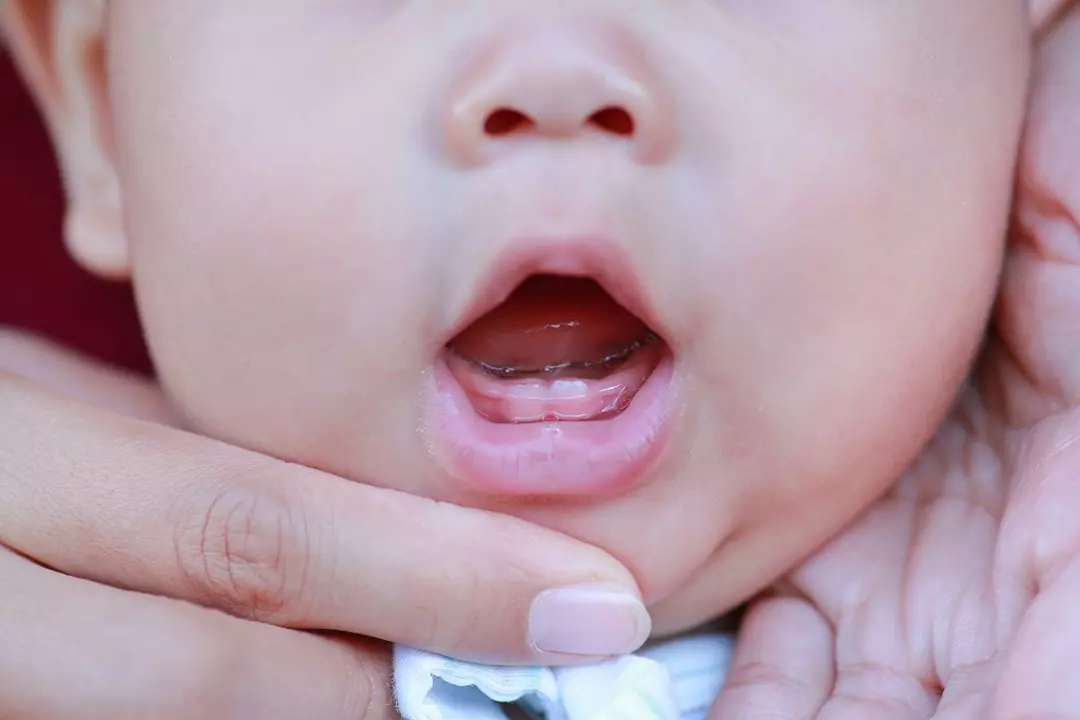
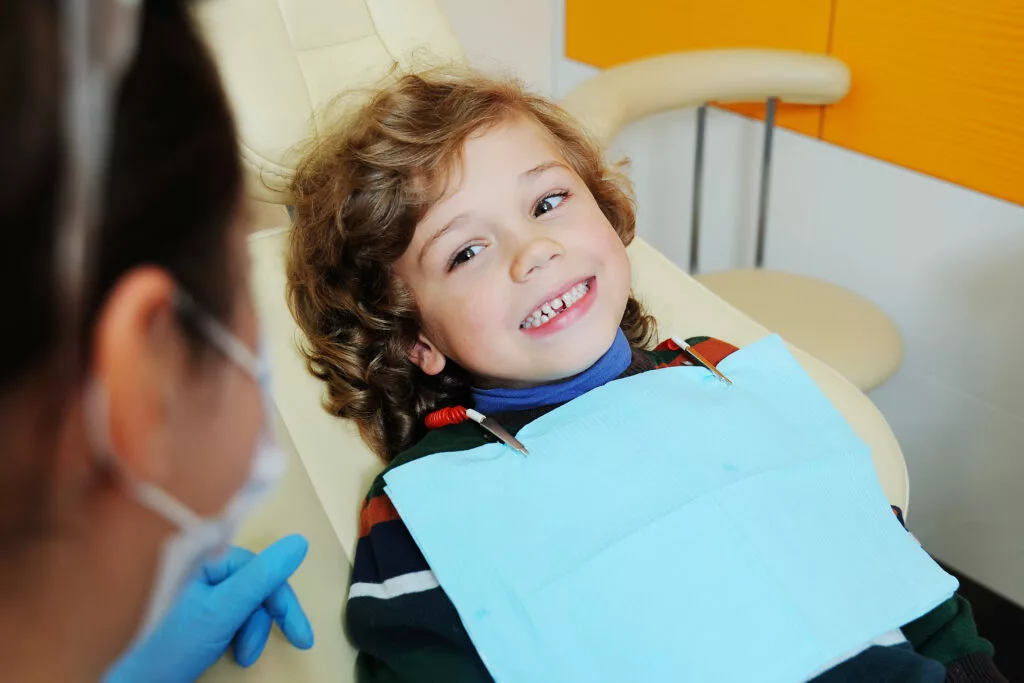
Teeth cleaning
Teeth cleaning is a routine part of a dental checkup, but you may not realize how important regular teeth cleaning can be for your overall health. Medical studies have shown that good oral hygiene not only helps prevent tooth loss, but can prevent heart disease, dementia and other health issues.
Whether you’re looking for a toddler dentist or an adolescent, the link between dental health and overall well-being has been well documented. This is just one reason why you should visit our pediatric dentists in Smileline today!
During a dental cleaning, we will remove any tartar and plaque from your children’s teeth. This will help prevent gum disease. Gum disease can lead to serious problems with bone and tooth loss. Regular dental cleaning lets your dentist monitor your children’s dental health because prevention is a lot easier than intervention when it comes to dental disease.

Fluoride treatments
Fluoride is one of the best treatments and pediatric dental services for preventing tooth decay. For children, starting when primary teeth fluoride helps strengthen primary and permanent teeth. During this development stage, fluoride use is the most important; however, adults benefit from fluoride as well.
Fluoride is a mineral that helps repair enamel. Using fluoride toothpaste and drinking fluoridated water will generally be enough to keep your children’s teeth protected. Children living in communities that do not fluoridate their drinking water, or those who drink bottled water only, may need additional fluoride to protect their teeth.
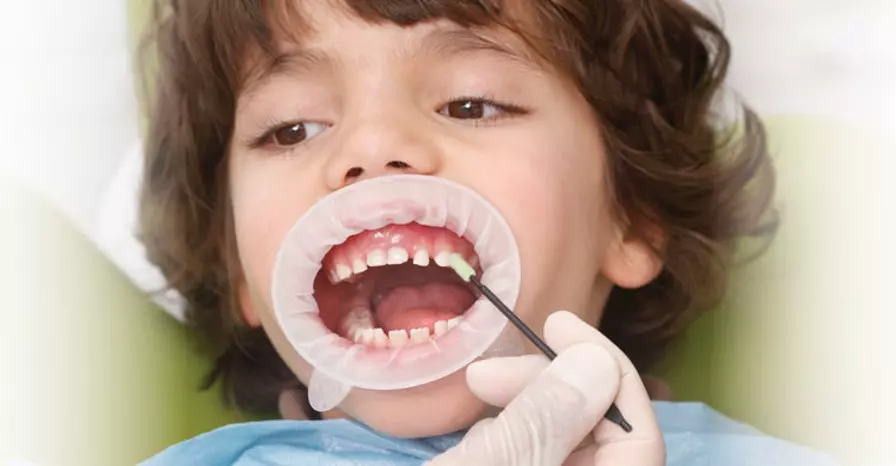
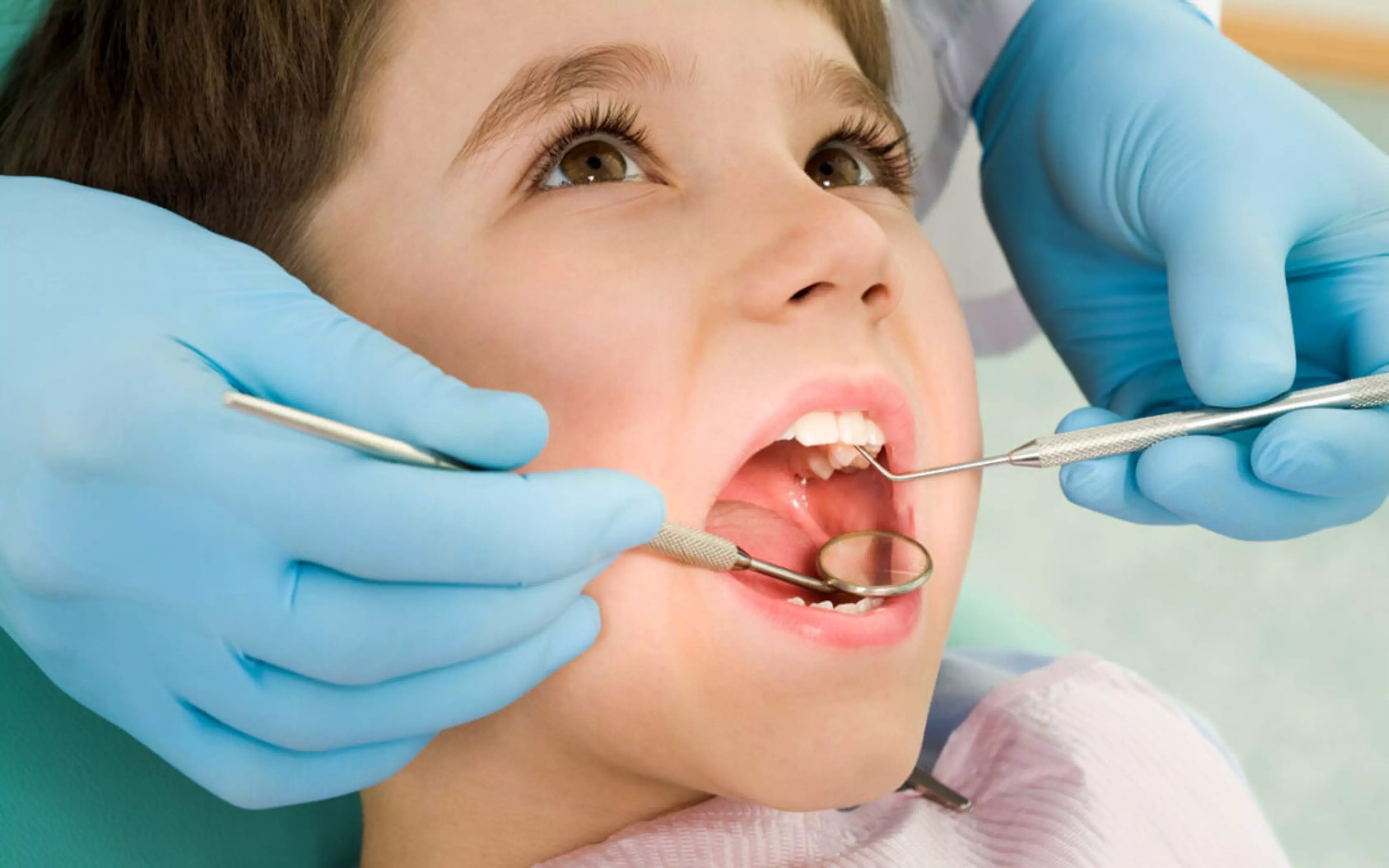
Fillings
When a tooth is fractured or damaged due to decay or trauma, dental fillings can replace and restore the tooth’s structure. No one wants to hear that they have a cavity; however, cavity filling is a routine procedure that can fix the tooth. Our pediatric dentists give you the option of white resin composite or amalgam fillings.
Cavities in Kids and Toddlers
Approximately 28% of kids between two and five years old have cavities (also known as dental caries). Dental caries in children are caused when bacteria is formed from consuming foods with sugars and starches, like juice, bread, cereal, soda, candy and milk. The bacteria from these carbohydrate-rich foods can then live in the mouth, creating acids. The combination of four factors – food, saliva, acid and bacteria – creates plaque formed on teeth. The plaque eats away at teeth until a hole is created, called a cavity.
Cavities in children are usually formed when they are not properly brushing their teeth. For toddler tooth decay treatment and prevention, parents should guide children in a successful oral hygiene routine that includes brushing twice a day for two minutes a time and flossing.

Tooth Extractions
Smileline Dental Kids want your children to have healthy, beautiful teeth that will last them a lifetime. Sometimes, it is necessary to pull a tooth that cannot be repaired or to protect the other teeth. Called a tooth extraction or tooth removal, this procedure is recommended if a tooth is damaged or decayed, a baby tooth is in the way of a permanent tooth causing space issues, a wisdom tooth is impacted or to make room for orthodontic work if there is crowding.
A tooth extraction is a routine procedure that is performed with a mild anesthesia. After the extraction, you will receive instructions for caring for the mouth. Depending on which tooth was removed, your child may have a little swelling or discomfort. You can use an ice pack for any swelling Feeding soft foods can also be helpful. For most tooth extractions, your child should be back to normal after a few days.
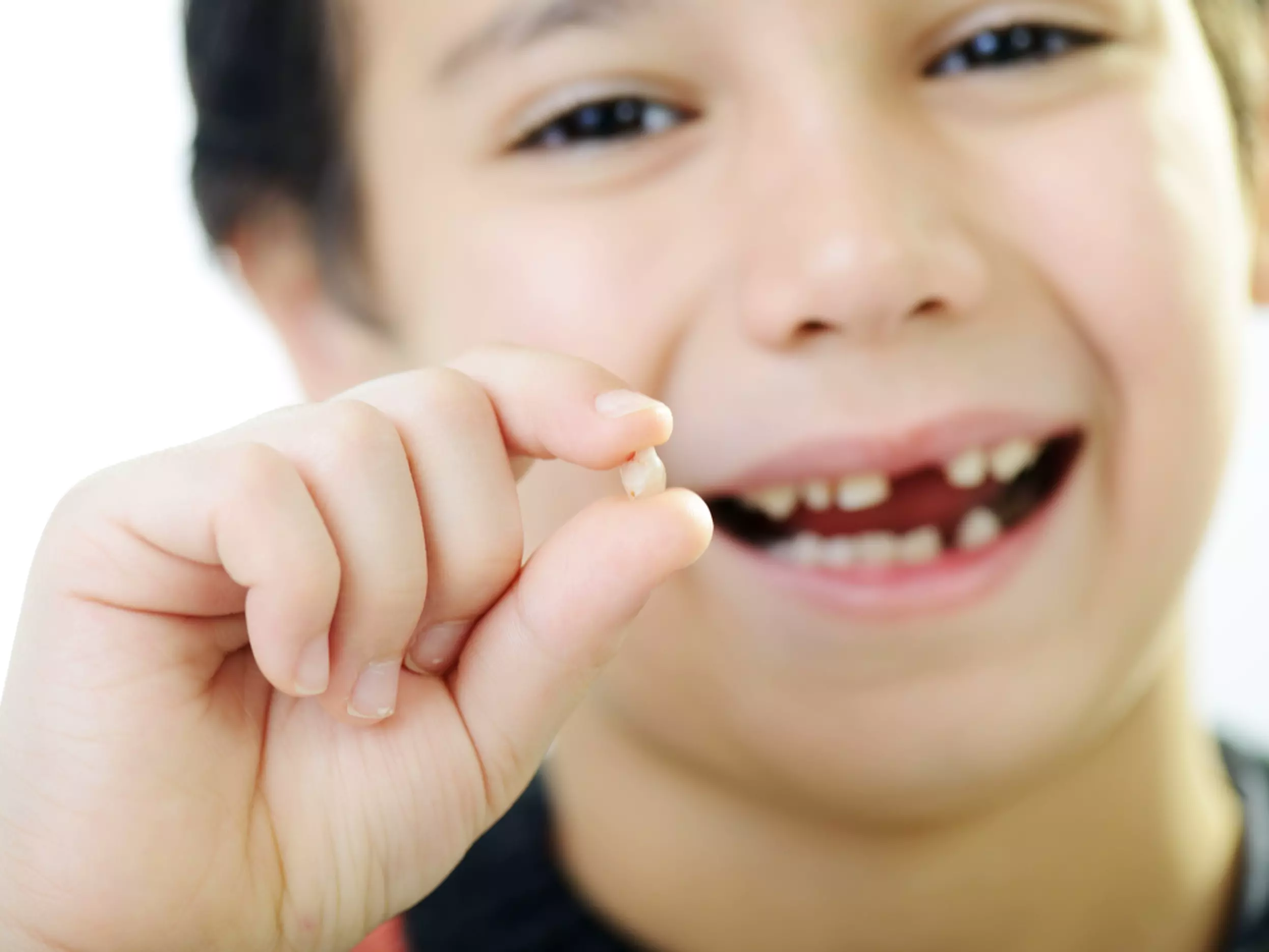
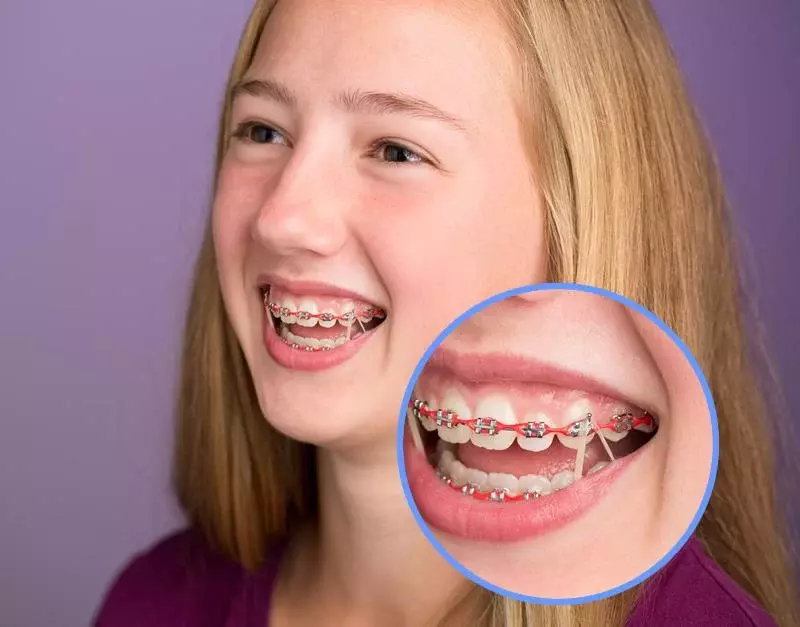
Braces
Braces are a common orthodontic treatment option among both children and adults. They can help correct various orthodontic problems, such as crooked and crowded teeth, jaw problems, and a misaligned bite. Not only that, but braces can also eliminate problems you or your child may have with keeping teeth clean, speaking properly, or even eating. With the recent advancements in dental technology, braces are now more comfortable, sleeker, and less conspicuous than they once were.
Our clear braces work lie metal braces but gives an added confidence as they are less visible.
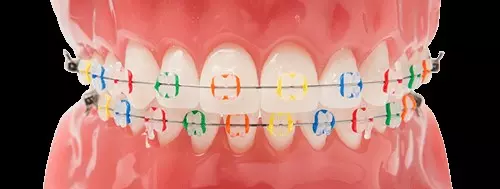
The benefit of metal braces is that gives you the opportunity to fix your bite and change the elastic’s color every appointment.
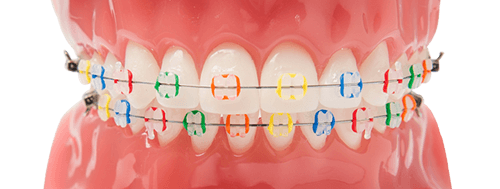
When you think about straightening your teeth, you likely think of traditional metal braces. In these types of braces, each tooth sports a metal bracket on the front with a horizontal metal wire connecting the brackets. This wire is called an archwire and is the main guide for the teeth to move a little closer to their desired positions. Dr. Tassararrez offers an updated version of the traditional metal braces which are more comfortable and less noticeable than their predecessors. These braces are modern on the market and feature high-precision yet delicate insertion of the wires.


Invisalign Treatment
Using the latest Trios 3 shape scanner, we take a fast and precise 3D digital scan of your teeth. Your 3D digital scan is used to design a sequential series of clear aligners that you wear all day and night, and replace on a weekly basis. The aligners are designed in a way that requires less adjustments by the doctor. This means that the frequency of your appointments is much lower than with traditional braces.
Each new aligner slowly shifts the teeth into the desired position. One of the most handy features of clear aligners is its removable nature. You can continue to eat, brush your teeth, and attend special events.
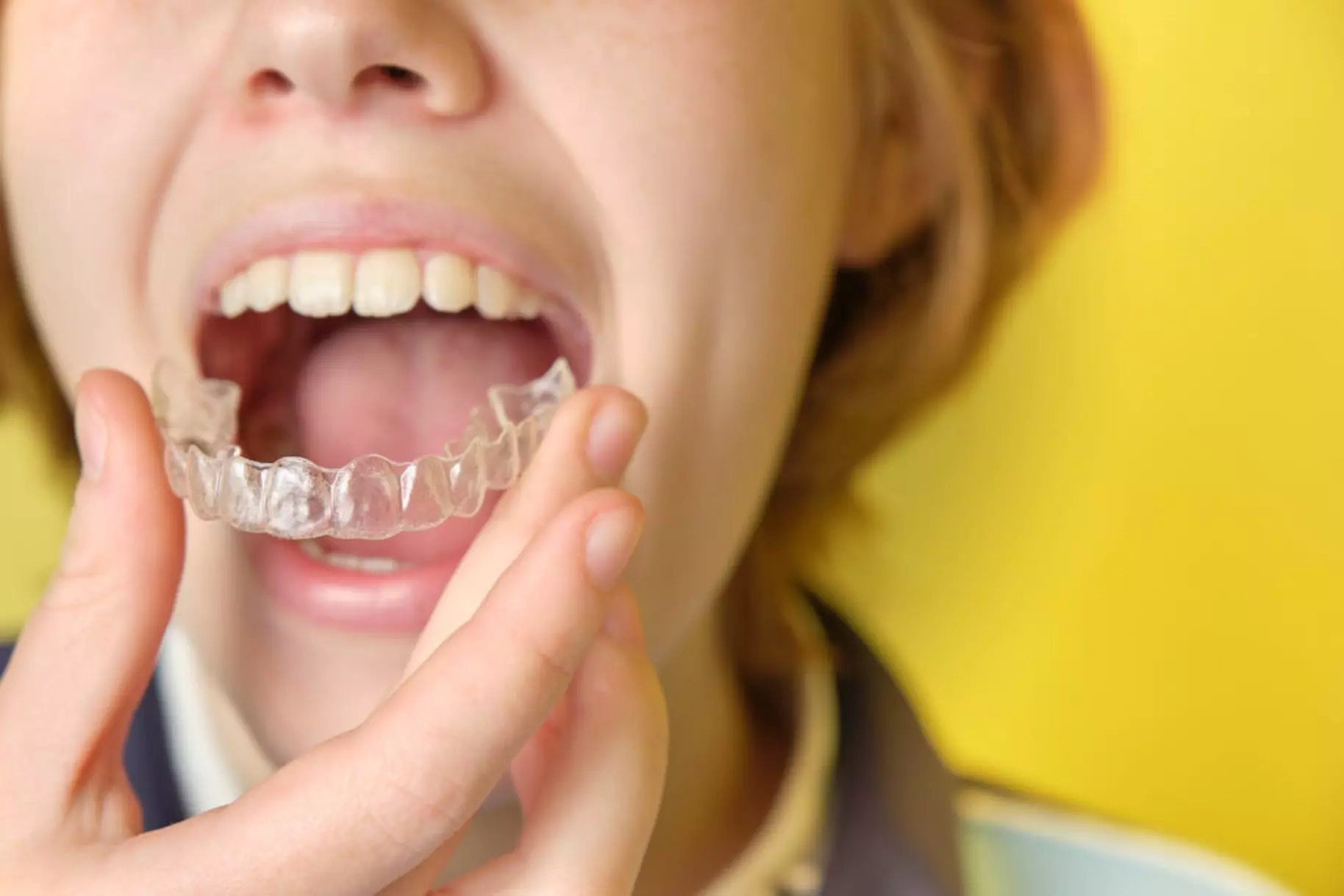
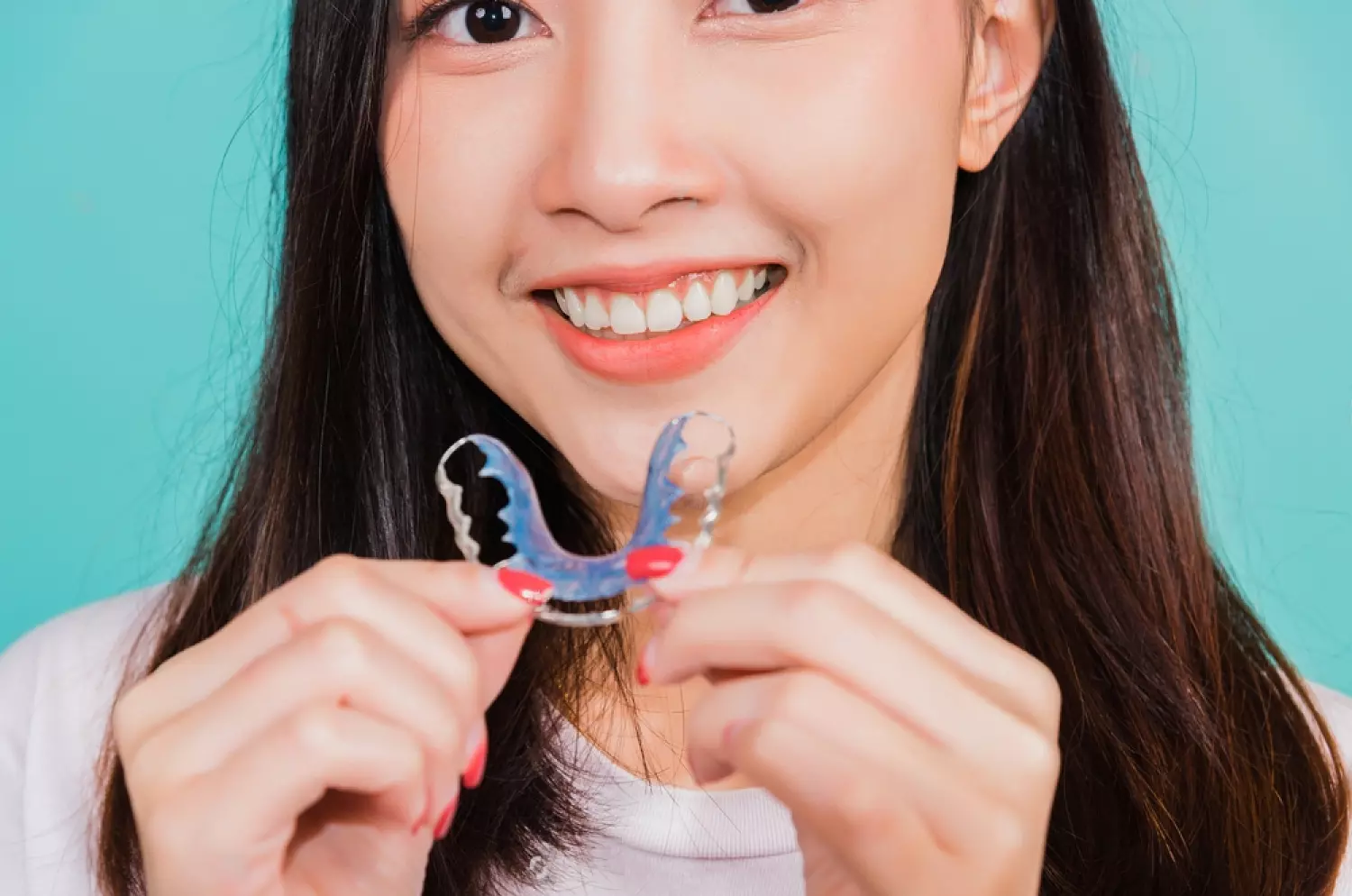

Retainers
Changes in tooth position are a lifelong and naturally occurring phenomenon, and to maintain the result created by your orthodontic treatment, retainers must be worn. While small changes after treatment are normal, retainers prevent teeth from going back to their original positions.
Wire Retainer
Wire retainers, also known as Hawley retainers, are made from a combination of an acrylic or hard plastic plate connected by a metal wire. Your orthodontist will mold the retainer to fit comfortably on the roof of your mouth while the wire goes against your teeth. One fun aspect of wire retainers is that the acrylic or plastic plate can come in a variety of colors, including tie dye. Plus, because it’s against the roof of your mouth, you don’t have to worry about it being visible even if you do opt for a colored retainer.


Expanders
An expander, also called a rapid palatal expander or RPE, is an appliance designed to correct a narrow upper arch that can result in crossbite, crowding, or impacted teeth. Two bands are cemented onto the last upper molars and connected by a metal screw that gets turned regularly to expand the appliance.
While not used as often, a lower expander can move lower teeth that have become tipped in into an upright position. This does not actually widen the bone, but instead just uprights the teeth to improve their position and help alleviate crowding. Additionally, lower appliances commonly accompany an upper RPE.
